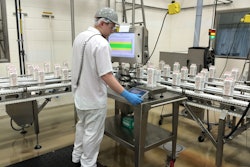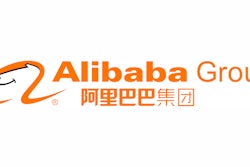
By 2020, the “connected kitchen” will leverage analytics from sensor-based data and save at least 15 percent of the world’s food and beverage costs, according to Gartner Research, the Stamford, Conn.-based research firm. This is only one of the changes the Internet of Things (IoT) is bringing to the food and beverage supply chain, according to a feature article in the November/December Food Logistics.
“The connected kitchen creates digital business opportunities at several levels in the food supply chain and retail food service,” says Satish R.M, a Gartner principal research analyst. “A real-time inventory data collection from sensors related to kitchen ingredients enables automated generation and ordering of shopping lists, resulting in a streamlined and efficient inventory and optimized supply chain management.”
Earlier this year, a fast food chain overseas used the connected kitchen concept to deliver consistent quality across its restaurants. Sensors were imbedded in food preparation equipment to monitor the french fryer oil temperature, cooking time and drain time. The solution reduced wait times for customers and delivered higher throughput at the restaurants. Revenue increased and return on assets improved.
To read more, click here.



















